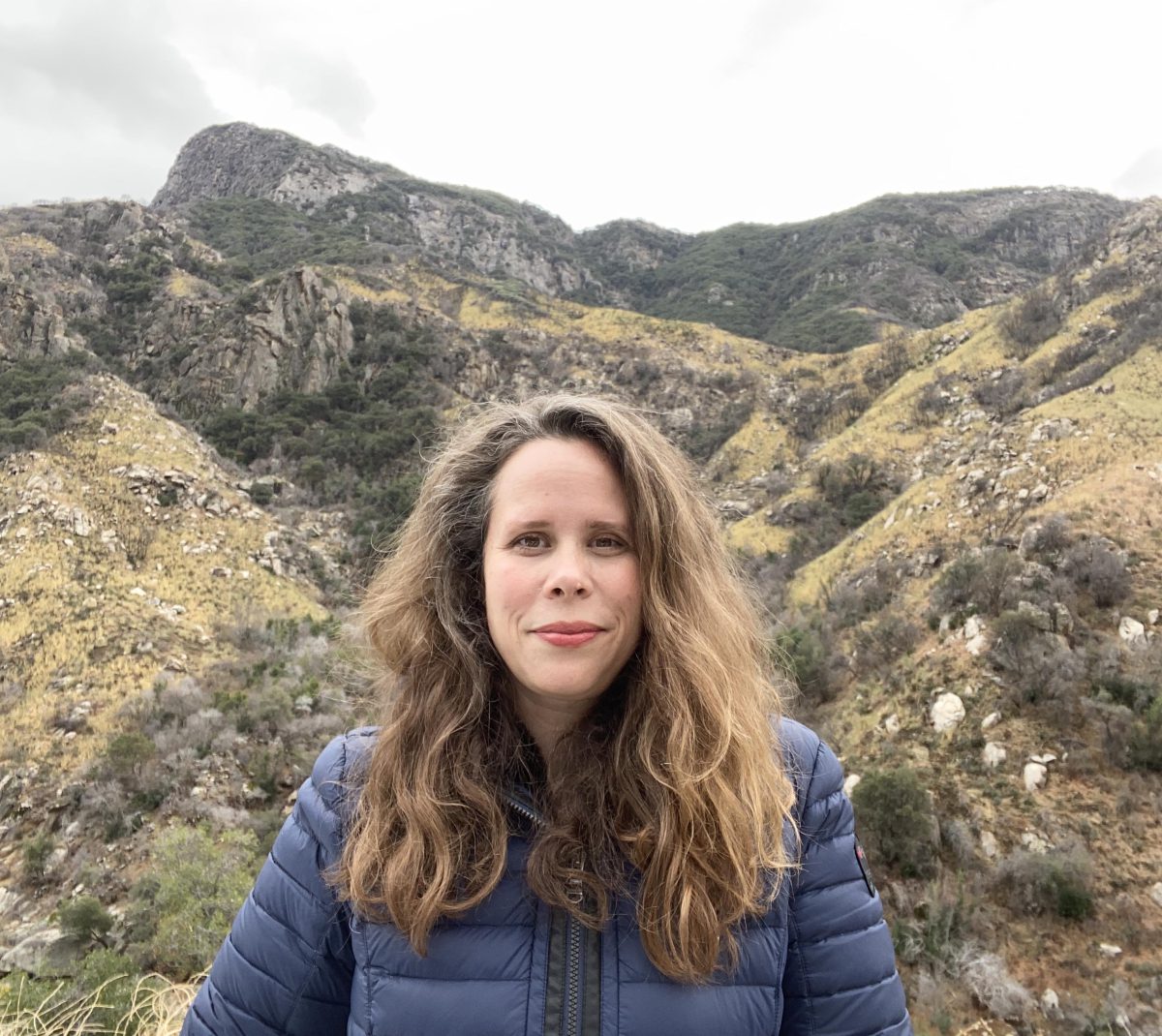Pôle : ENTES (principle)
GR: MIRAGE (principal), IA-MAHA (secondaire), TRAP (secondaire)
Research Themes / Thématiques de recherche
- Human and environmental interactions in the Southern Caucasus and Eurasian Steppes across the Holocene
- Development of machine and statistical learning methods to improve paleoclimate and paleoecological proxies and detect human-driven change
- The entanglement of agriculture, pastoralism, climate, landscape fire, and vegetation in steppe and grassland ecosystems
- Impact of climate change on agriculture and pastoral production throughout the Holocene
Study Regions:
Southern Caucasus, Armenia, Central Asia, North American Grasslands
Régions d’étude:
Caucase du Sud, Arménie, Asie centrale, Prairies nord-américaines
Methods:
Lake and peat sediment cores, pollen, lipid molecular biomarkers (GDGTs), machine and statistical learning, macro-charcoal from lake sediment, non-pollen polymorphs, micro-botanical remains
Méthodes:
Carottage de lacs et de tourbières, pollen, biomarqueurs lipidiques (GDGTs), machine and statistical learning, macro-charbons, palynomorphes non-polliniques (NPP), restes microbotaniques
Keywords:
Holocene, agriculture, fire, paleoclimate, paleoecology, macro-charcoal, lipid molecular biomarkers, GDGTs, semi-arid environments, grasslands, machine and statistical learning, archaeobotany
Mot Clés:
Holocène, agriculture, feux, paléoclimat, paléoécologie, macro-charbons, biomarqueurs lipidiques, GDGTs, milieux semi-arides, prairies, machine and statistical learning, archéobotanique
Background / Parcours
2023 - (ongoing) - Postdoctorante, CEPAM, CNRS, Université Côte d’Azur, Financé par l’ANR Stepability (Steppe sustainability in a changing world). Encadrants: G. Palumbi, S. Joannin
2018 - 2023 - Doctor of Philosophy in Anthropology, Cornell University, Ithaca, New York (États-Unis). Dissertation Title: “Agro-Pastoralism, Climate, Fire, and a Mountain Steppe: An Investigation of Social and Ecological Reorganization After Disturbance Events In The Bronze and Iron Age Southern Caucasus” Encadrants: L. Khatchadourian, S. Joannin, A. Smith, N. Russell
2015 - 2018 - Masters of Arts in Anthropology, Cornell University, Ithaca, New York (États-Unis)
2012 - 2014 Bachelor of Arts in Anthropology, University of California at Los Angeles (UCLA), Los Angeles, California (États-Unis)
Fellowships / Bourses
2017 - 2022 National Science Foundation (USA), Graduate Research Program Fellowship (GRFP)
2018 - 2019 Chateaubriand “Make Our Planet Great Again” fellowship (MOGPA), the Embassy of France in the United States
2018 - I-Site MUSE mobility grant (Université de Montpellier)
2018 - 2023 Cornell Atkinson Center for Sustainability (Cornell University)
2012 - 2014 Lemelson Anthropological Honors Program Scholar (UCLA)
Laminated sediments from a sediment core taken from the Nigavan wetland, Armenia. Fossilized pollen from the same sediment core representing common steppe plant taxa. Macro-charcoal remains from the same sediment core used to reconstruct the landscape fire regime.
Research Statement:
I am a transdisciplinary environmental archaeologist, paleoecologist, and paleoclimatologist with extensive experience analyzing lake and archaeological sediment archives across the Holocene in the arid and semi-arid environments of the Caucasus and Central Asia. My research integrates methods and theory across archaeology, paleoecology, paleoclimatology, archaeobotany, and statistics. I center this approach on utilizing the past to help understand how human communities have and will adapt to past, present, and future climate and ecological change.
I focus on four unique but entangled aspects of environmental transitions: human-driven agro-pastoral change, climate, landscape fire, and vegetation change. I use a multi-proxy methodological approach, which includes pollen, lipid molecular biomarkers (GDGTs), machine and statical learning, non-pollen polymorphs, macro-charcoal, and XRF core scanning, on lake sediment cores. Combined, these data provided crucial information about how humans have interacted with their regional vegetation, the landscape fire regime, the impacts of agro-pastoralism, and the history of climate change. My research has been funded by fellowships and grants from the National Science Foundation (GRFP), the French Embassy in the United States (Chateaubriand), and Cornell's Atkinson Center for Sustainability.
Article(s):
Robles, M., Peyron, O., Ménot, G., Brugiapaglia, E., Wulf, S., Appelt, O., Blache, M., Vannière, B., Dugerdil, L., Paura, B., Ansanay-Alex, S., Cromartie, A., Charlet, L., Guédron, S., de Beaulieu, J.-L., and Joannin, S.: Climate changes during the Late Glacial in southern Europe: new insights based on pollen and brGDGTs of Lake Matese in Italy, Clim. Past, 19, 493–515, https://doi.org/10.5194/cp-19-493-2023, 2023.
Lindsay, Ian, Alan F. Greene, Maureen E. Marshall, Ruben Badalyan, Amy Cromartie, Karen Azatyan, Levon Aghikyan, Lori Khatchadourian, Arshaluys Mkrtchyan, and Adam T. Smith. "The Project ArAGATS Kasakh Valley Archaeological Survey, Armenia: Report of the 2014–2017 Seasons." American Journal of Archaeology 126, no. 2 (2022): 261-303.
Cromartie, Amy, Claire Blanchet, Chéïma Barhoumi, Erwan Messager, Odile Peyron, Vincent Ollivier, Pierre Sabatier, et al. 2020. “The Vegetation, Climate, and Fire History of a Mountain Steppe: A Holocene Reconstruction from the South Caucasus, Shenkani, Armenia.” Quaternary Science Reviews 246: 106485.
Extrait de la production scientifique (HAL)
Filtrez par type
Ou filtrez par année


